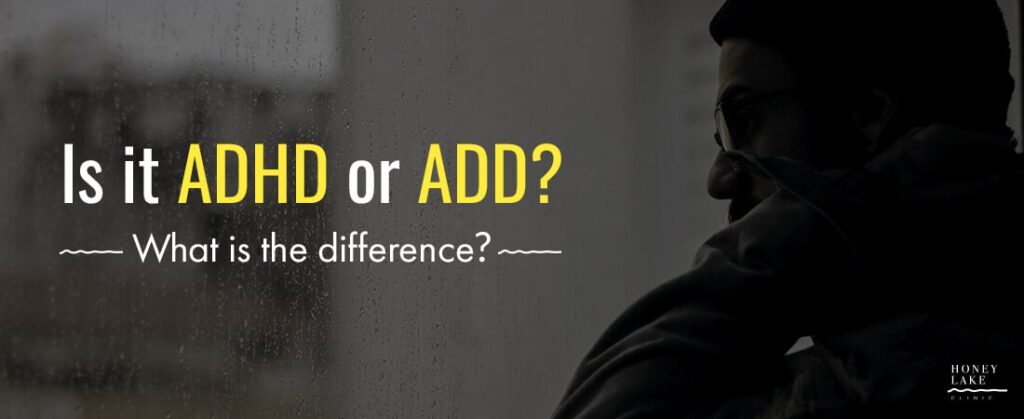Is it ADHD or ADD? What is the difference?
Everything is intense and magnified. Your mind is constantly in motion, thinking, darting, shifting. You land for a moment, and just as quickly you become bored, and move on to something else. It’s like a thought-itch you cannot scratch. You’re chasing it. It’s like having a merry-go-round in your mind … while you’re walking through a park full of merry-go-rounds.
In years past, students enduring symptoms like these were thought to be slow against the academic curve of their peers. In reality, it’s not that their minds are slow—it’s that they’re fast, racing in fact. That can make concentration on one thing very difficult. And if there are numerous stimuli present—distractions, as we call them—concentration can be next to impossible.
At the same time, it is possible for someone with their minds in this sort of motion to strongly lock in on one item or topic. It can become hard to move them off of it and onto something else. In this way, getting them started on a specific train of thought can be very difficult. Getting them to stop can be equally challenging.
Sound familiar? Have you been here? Do you have trouble concentrating yourself? Does someone you love? We understand—and here’s some great news: We can help! Call Honey Lake Clinic.
Is it ADD or ADHD? What do we call it? What’s the difference?
To answer this question, it’s helpful to review a little mental health history. Difficulties with attention and hyperactivity have existed for centuries. As psychiatric and medical skills improved to understand, categorize, and treat people with various struggles, the first Diagnostic and Statistical Manual of Mental Disorders (DSM) naming and describing psychiatric illnesses was published.
DSM-I, published in 1952, referred to this attention deficit and hyperactive/impulsivity as “minimal brain dysfunction.” DSM-II, in 1968, termed it “hyperkinetic reaction of childhood.”
It was 1980’s DSM-III which called it “Attention-Deficit Disorder (ADD)” and identified two sub-types, ADD with and ADD without hyperactivity. This proved confusing. People were adding the hyperactivity in the description of cases where it hadn’t presented, and vice-versa. In 1987, in the DSM-III-R, the name was changed to Attention Deficit Hyperactivity Disorder (ADHD).
Adding the ‘H’ into the name helped in some ways but ushered in other confusion—people mistakenly believed hyperactivity had to be present in order to make the diagnosis. 1994’s DSM-IV addressed this, keeping the name ADHD, but splitting diagnosis into three sub-types:
- ADHD – mainly inattentive type
- ADHD – mainly hyperactive/impulsive type
- ADHD – combined inattentive AND hyperactive/impulsive type
The current DSM-V, published in 2013, maintains these terms, and are the official medical/psychiatric terms we used in research and to diagnose, prescribe, and treat.

Again, is any of this sounding familiar? You may not know if it’s ADHD with this or that, but you know it’s difficult, frustrating, and misunderstood by others. We can help you identify what specifically you’re dealing with, and more importantly help you find relief. Pick up the phone. Make the call.
Honey Lake Clinic—Christ-centered care, licensed and experienced medical and mental health professionals, faith-based treatment, encompassing your spiritual, physical and mental health. Let us offer you hope, and give you the long-lasting tools and knowledge you need for a better tomorrow.
